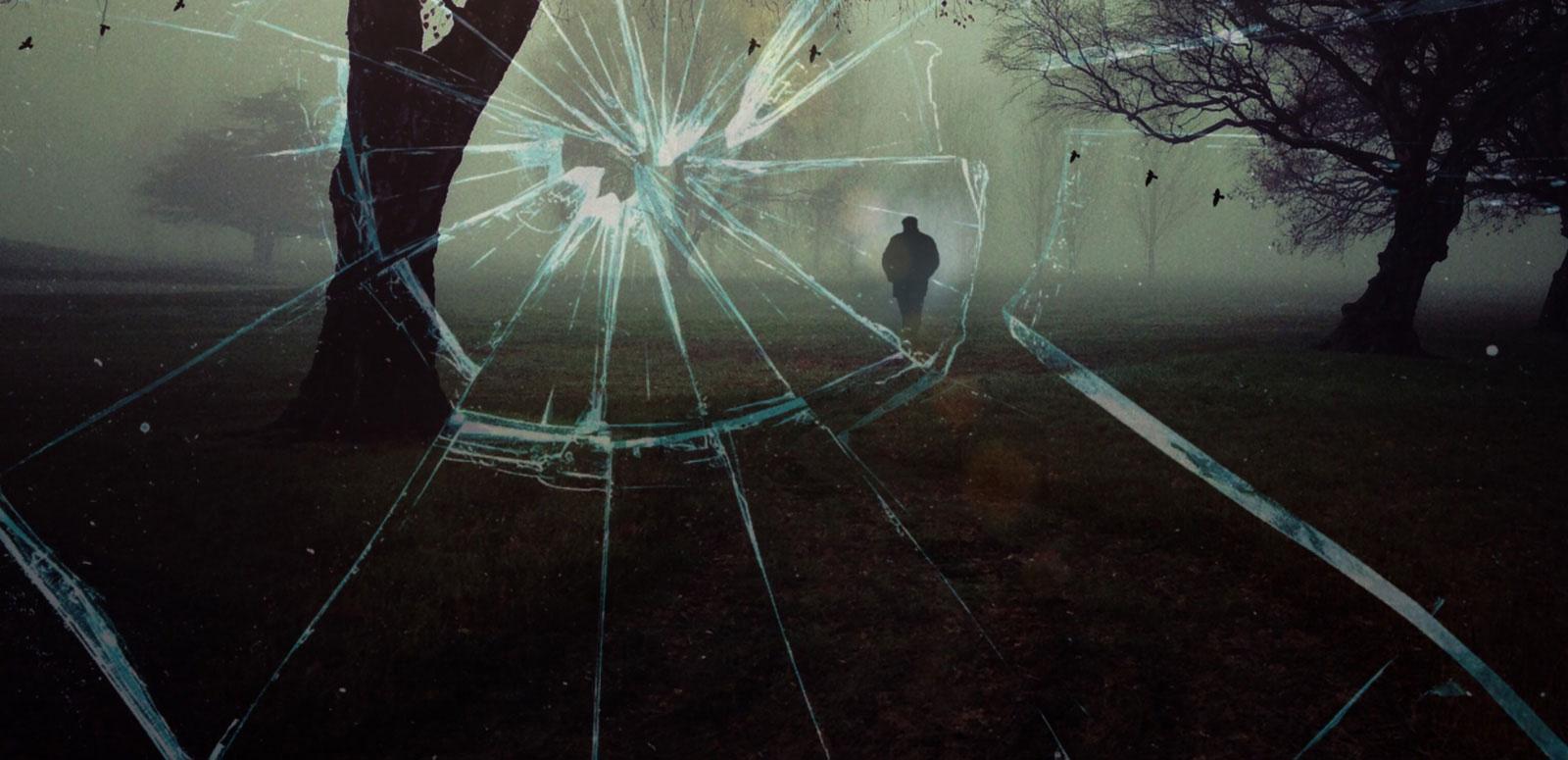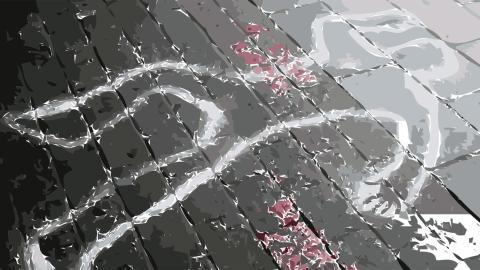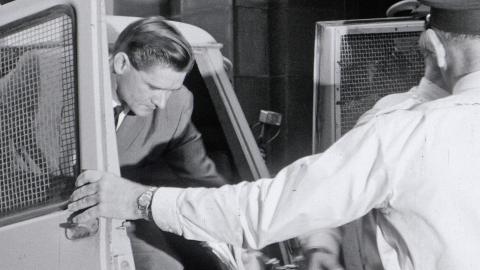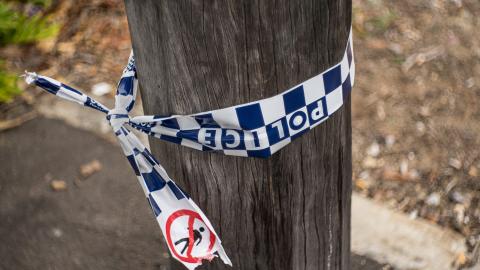

True Crime Mysteries
Australian True Crime Mysteries
In this collection of Australian unsolved true crime mysteries you'll discover bizarre, sinister and heartbreaking stories from Australia's criminal past.
These clips show how the cases were reported on at the time and how cold cases were often reinvestigated through fresh eyes many years, or even decades, after the tragic events.
We also see the lasting effects that unsolved cases have on those left behind.
WARNING: Some of the content and descriptions in the following clips are graphic in nature and may be upsetting to some people.
If you have information about any of the cases in this collection, please call Crime Stoppers Australia.
The National Film and Sound Archive of Australia acknowledges Australia’s Aboriginal and Torres Strait Islander peoples as the Traditional Custodians of the land on which we work and live and gives respect to their Elders both past and present.


